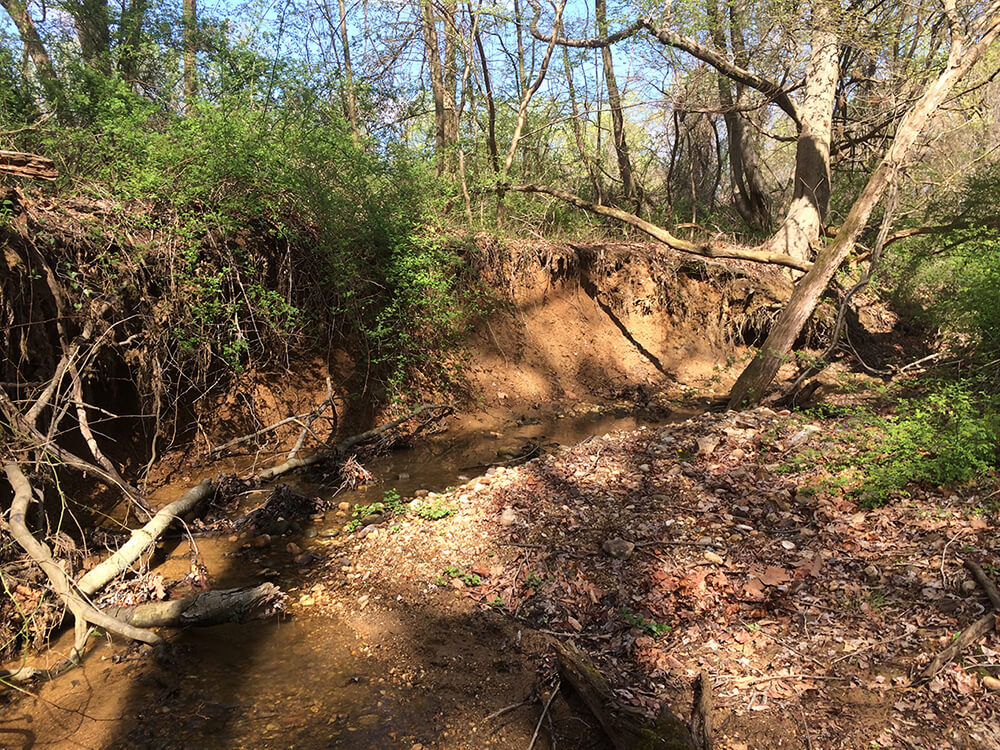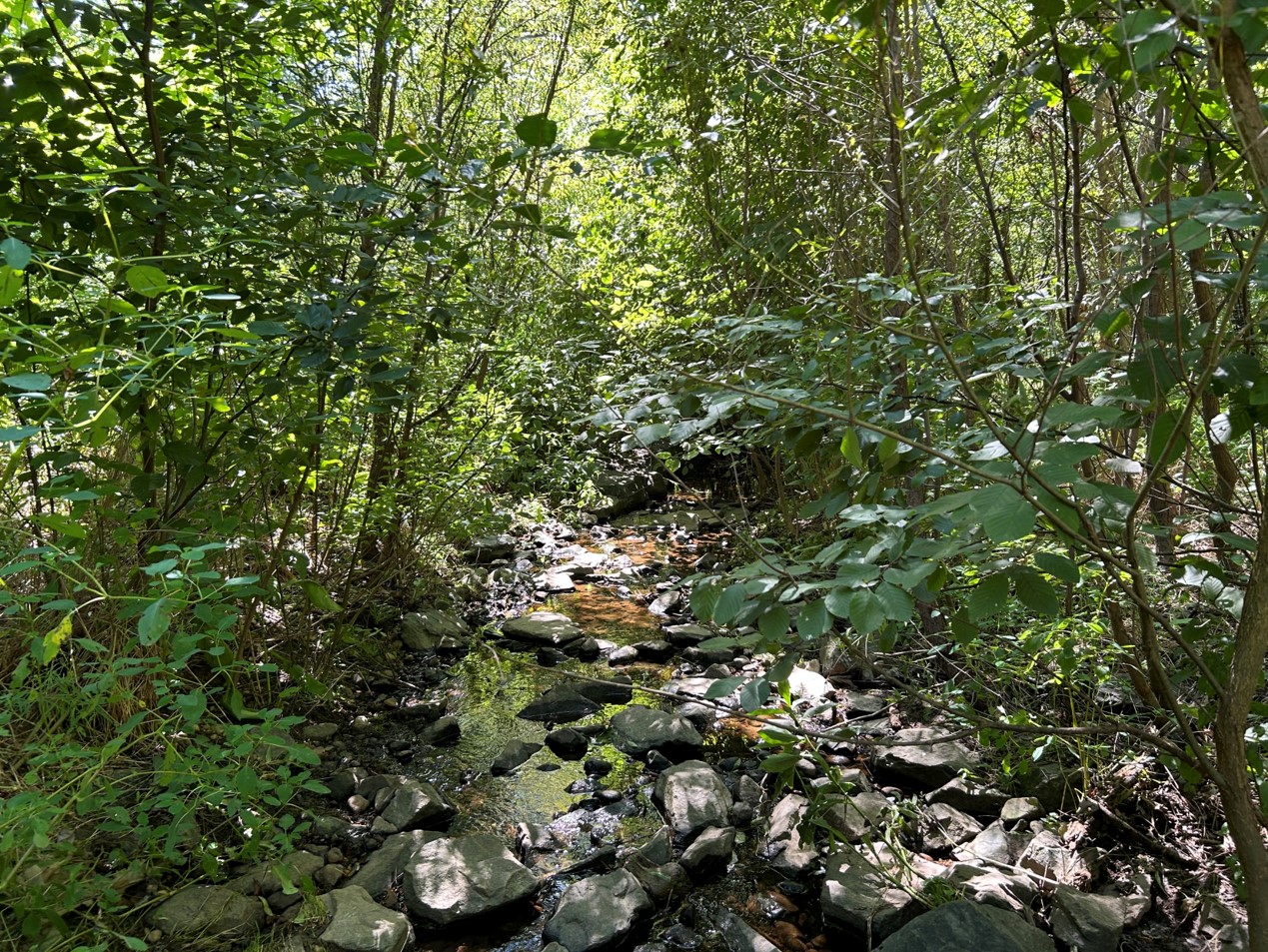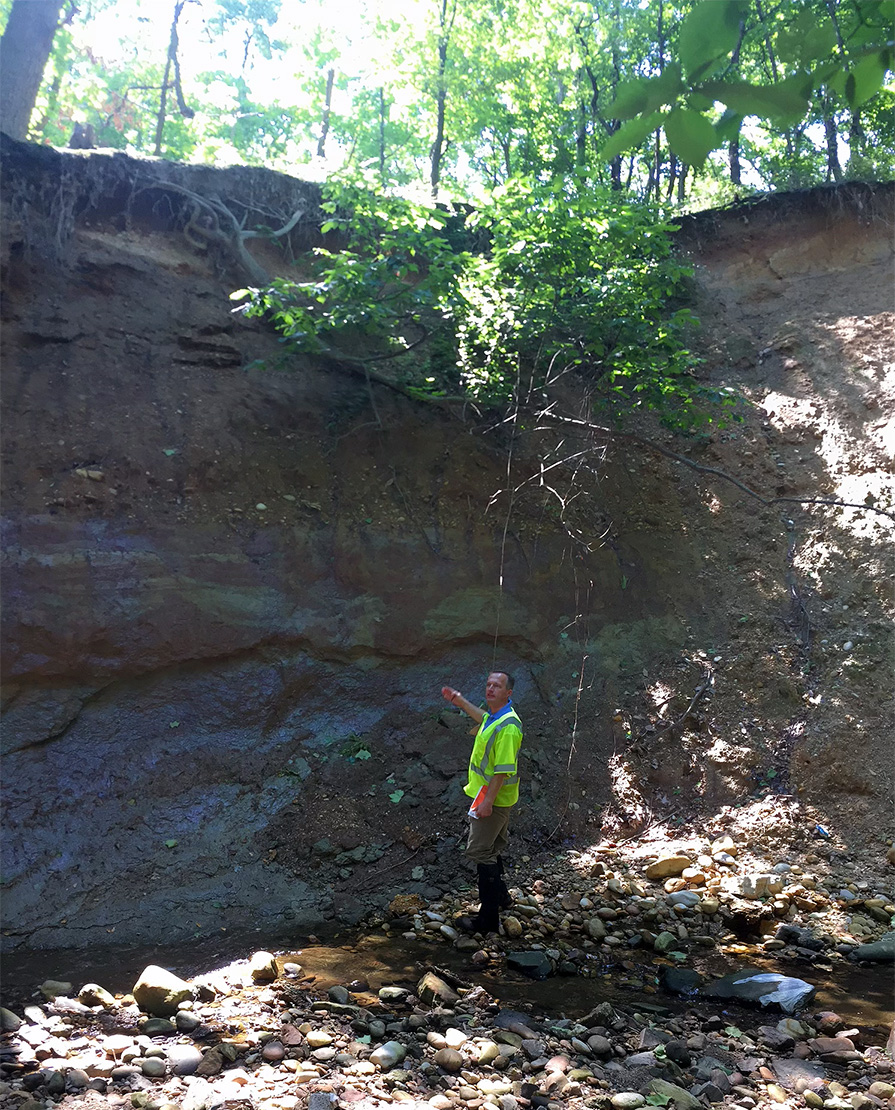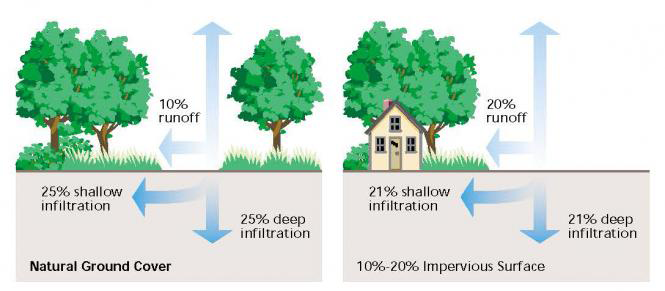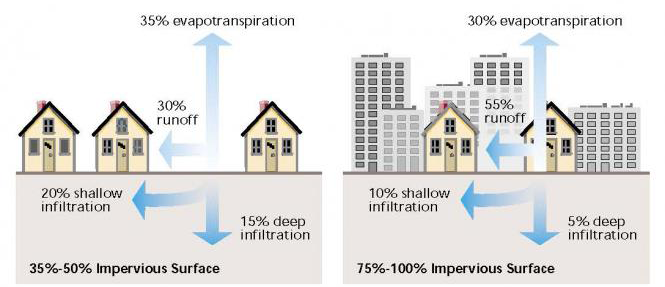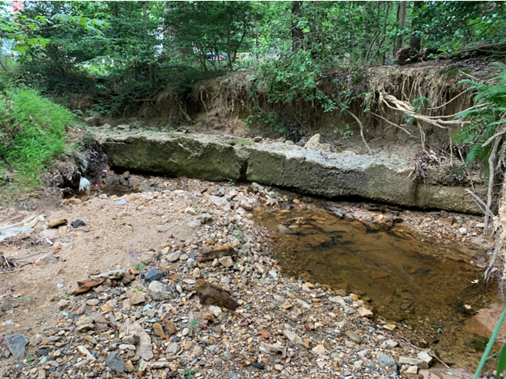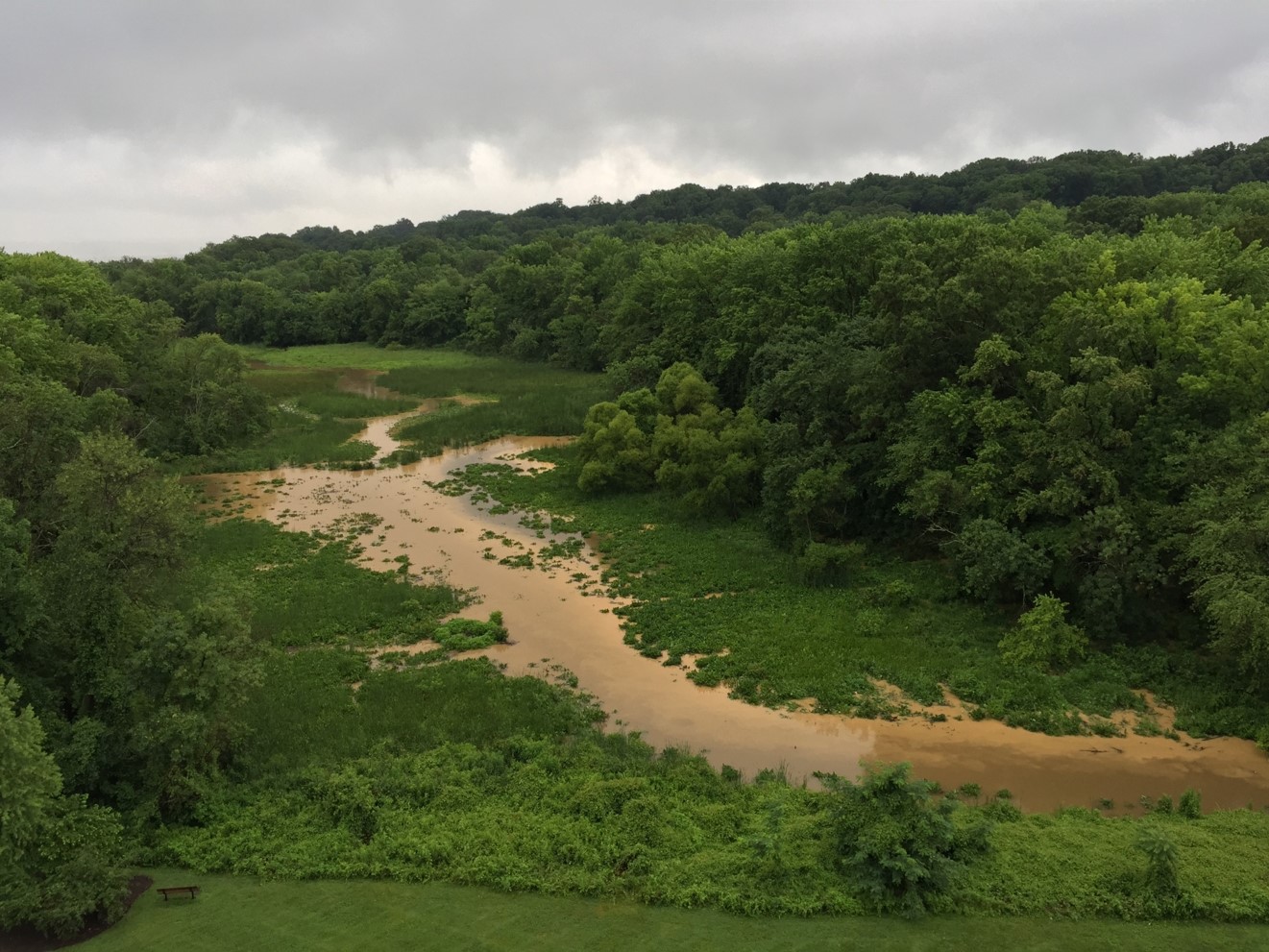Fairfax County restores streams to prevent erosion and reduce pollution that could hurt the Chesapeake Bay. Most of the streams in the County have a lot of erosion. By reducing erosion, stream restoration also protects roads, bridges, trails and public and private property. It also helps improve the environment. Stream restorations can help streams heal and are the most effective way for the County to meet state requirements.


Fairfax County Stream Restoration Project Process

Fairfax County stream restorations are funded through the Stormwater Service District tax assessed on all properties in the county. The county also gets grants from the state of Virginia.
To learn more about stream restorations and other stormwater projects please visit Watershed Improvement Plans, Projects and Restorations.


